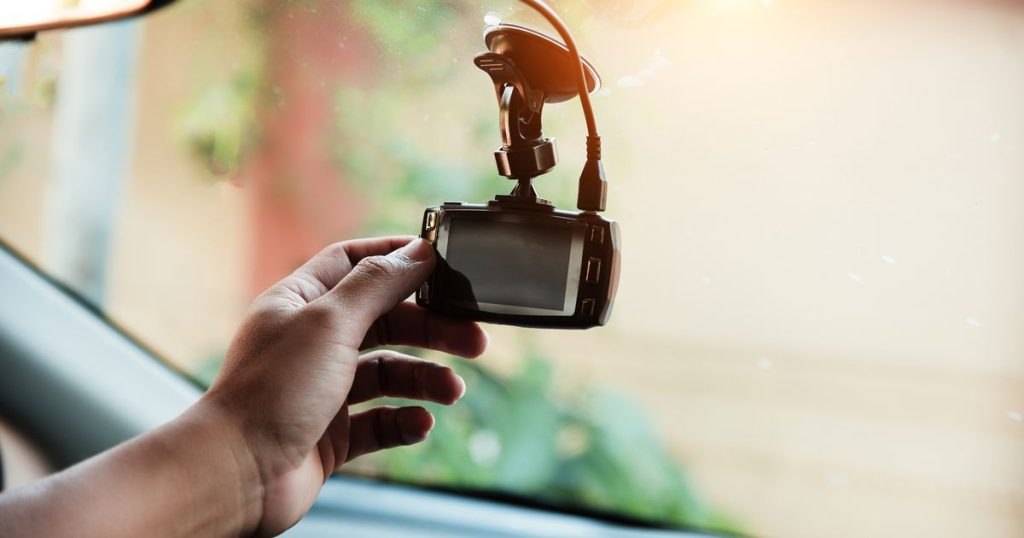Dash cams have become a common device installed in cars to protect against theft and assist in making claims. These devices record footage while driving and some can continue recording even when the engine is off, providing added security. However, many drivers are unaware that hard-wiring a dash cam to the car’s battery is considered a modification and needs to be reported to the insurance company. Failure to notify the insurance company can result in claims being invalidated, even if there is clear evidence of wrongdoing. This common mistake could lead to financial repercussions for drivers. Dash cam owners are urged to inform their insurer of any modifications to avoid potential issues.
One of the key benefits of dash cams is their ability to provide evidence in case of a crash, theft, or other incidents on the road. The recorded footage can help prove a driver’s innocence and assist police in investigating accidents or crimes. However, some drivers may not be taking full advantage of their dash cams due to lack of knowledge about insurance requirements. It is important to understand the implications of installing a dash cam and to comply with insurance regulations to avoid any complications in the event of a claim. Being proactive in protecting oneself with a dash cam also means being informed about potential insurance risks associated with the device.
In addition to the insurance implications, there are other road safety considerations that drivers should be aware of. For example, a seemingly innocent gesture like waving to another driver can result in a hefty fine if it causes distractions and violates the Highway Code. Drivers are advised to keep both hands on the steering wheel as much as possible to maintain control of the vehicle and avoid penalties. It is recommended to have a passenger acknowledge other drivers with a wave or thank you gesture to prevent any violations and ensure safe driving practices. Being mindful of these rules can prevent unnecessary fines and promote responsible driving behavior.
While dash cams offer practical benefits such as protection against theft and assistance in making insurance claims, they also come with responsibilities. Drivers must be aware of the potential insurance implications of installing a dash cam and follow the necessary procedures to ensure compliance with their policy. Taking proactive steps to protect oneself with a dash cam includes understanding how to use the device effectively and avoiding common mistakes that could compromise insurance coverage. By staying informed about insurance requirements and road safety regulations, drivers can maximize the benefits of dash cams while minimizing risks and liabilities on the road. It is essential to consider all aspects of owning a dash cam to make the most of this valuable tool for protection and security while driving.


